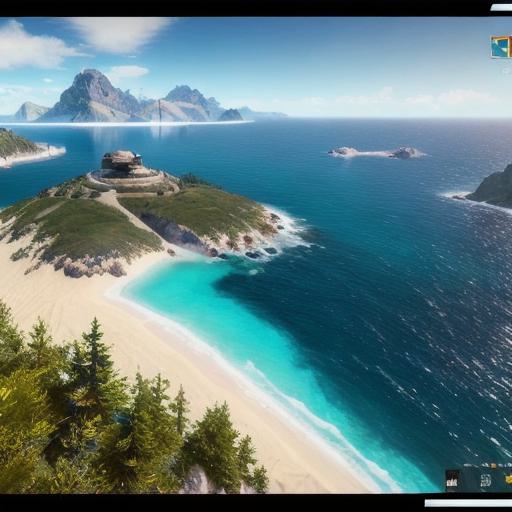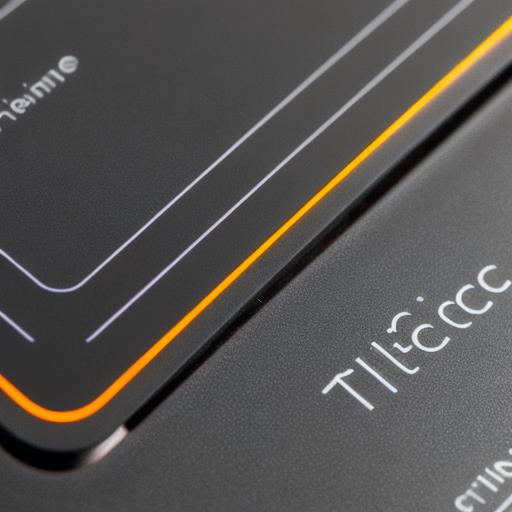Introduction
Welcome web developers! In today’s tech-driven world, Unity 3D is an increasingly popular choice for creating interactive and immersive experiences. If you’re preparing for a Unity 3D developer interview, this comprehensive guide will help you understand common questions and prepare effectively.

1. What is Unity 3D, and what are its key features?
Unity 3D is a cross-platform game engine developed by Unity Technologies. It enables developers to create interactive 3D and 2D experiences for various platforms such as PC, consoles, mobile devices, and VR.
Key features include:
Real-time rendering: Enables real-time visualizations of dynamic scenes
**Physics engine:** Realistic physics simulation
**Animation:** Advanced animation tools
**Scripting:** Supports C scripting
2. How does the Unity Editor work?
The Unity Editor is the primary interface for creating and editing projects in Unity 3D.
It offers a range of features, such as:
**Scene view:**
A 3D representation of the current scene
**Game view:** Real-time rendering for testing gameplay
**Hierarchy window:** Organizes objects within the scene
Inspector window: Displays properties and components of selected objects
**Project window:** Manages assets, scenes, and scripts
3. What are Unity’s scripting languages?
Unity supports C scripting as its primary programming language. It offers a powerful set of features for developing interactive experiences. JavaScript is another option, but it’s not widely used in professional projects.
4. How does Unity handle animation?
Animation in Unity 3D can be handled through two main methods: Animation timeline and script-driven animation. The Animation Timeline allows for visual representation of animations, while script-driven animation uses code to control animation properties.
5. What are Unity’s shaders?
Shaders in Unity 3D define how objects render visually. They can be used to create custom effects and optimize rendering performance. Unity provides a range of built-in shaders, such as Standard Shader and Universal Render Pipeline, as well as the option to write custom shaders using HLSL code.
6. What is the role of C in Unity 3D development?

C is the primary programming language for creating interactive components and scripting logic within Unity 3D projects. It offers a robust feature set, making it an ideal choice for game developers.
7. How do you handle user input in Unity 3D?
Input handling in Unity 3D can be achieved through the Input class. This class provides access to various input devices and their corresponding inputs.
Conclusion
Understanding these common Unity 3D developer interview questions will help you prepare effectively for your upcoming interview. By gaining a solid foundation in Unity’s core concepts, you’ll be well-equipped to tackle any question that comes your way.
